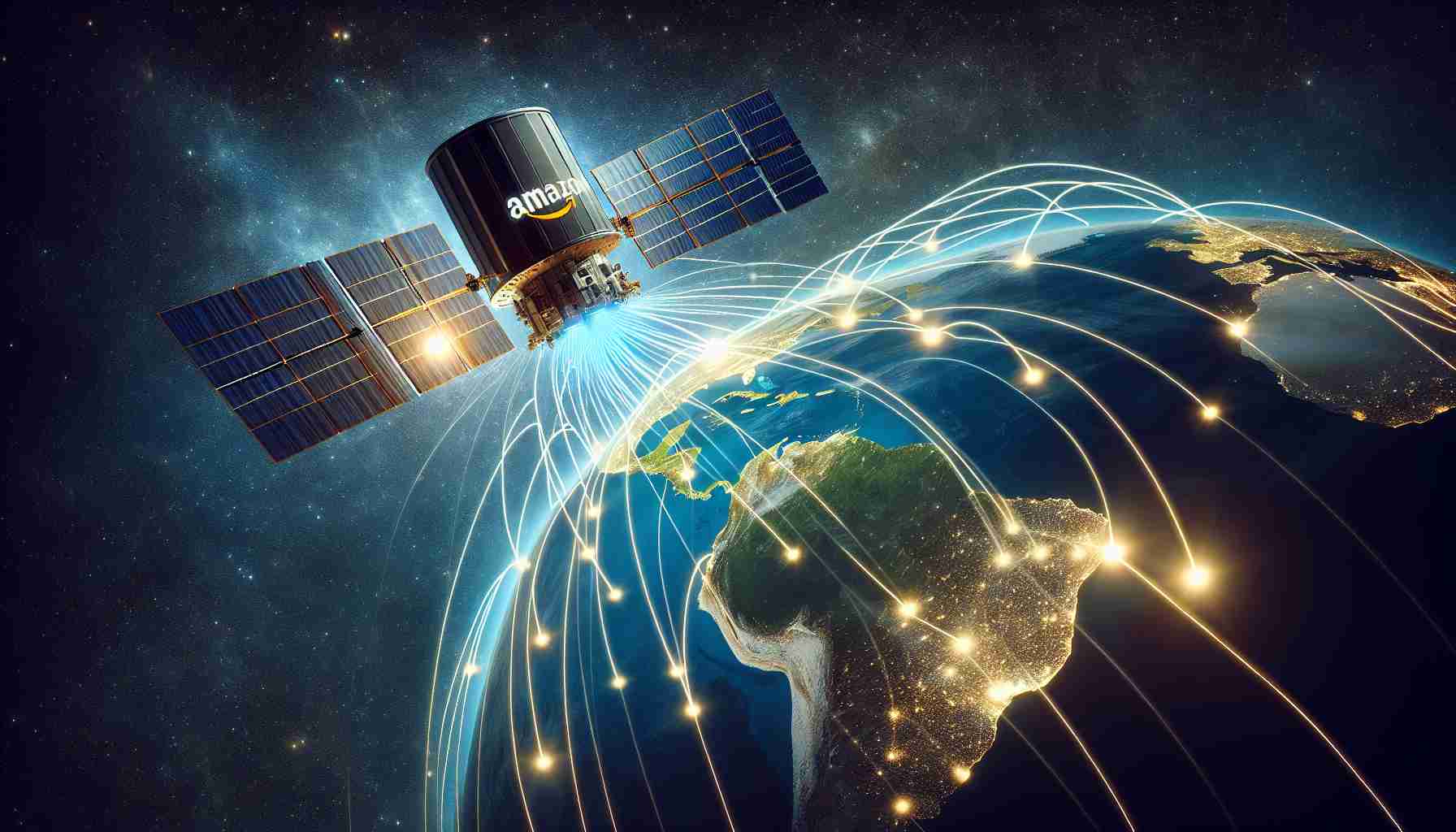
On October 10, 2024, Amazon unveiled its plans for a groundbreaking satellite internet initiative designed to broaden internet access worldwide. Project Kuiper, comprised of over 3,200 satellites, is set to enhance connectivity for Amazon Prime subscribers globally, potentially at a significantly reduced rate.
An analyst from Evercore ISI suggested that Amazon might integrate satellite internet services into its Prime offerings, either as a bundled service or at a discounted price for current members. This would join a host of other benefits already available to Prime subscribers, which include fast shipping, exclusive promotions, and access to entertainment content such as music and films. The annual membership fee for Amazon Prime is currently $139, with an impressive subscriber base of around 180 million within the U.S.
The analyst emphasized the substantial commercial potential of Project Kuiper, contrasting it with the rapid growth seen by Elon Musk’s Starlink, which achieved substantial revenue in just a few years. However, the path to profitability may be rocky for Amazon, with anticipated losses reaching up to $6 billion prior to any significant income from this ambitious project.
While two initial test satellites were launched in 2023, Amazon is gearing up for a full-scale launch of Project Kuiper in the upcoming months, which will further explore the opportunities this service can offer.
Amazon Aims to Transform Global Connectivity with Satellite Internet
As the digital divide continues to expand, Amazon is stepping forward with its ambitious satellite internet initiative, Project Kuiper. This initiative promises to revolutionize internet accessibility, especially in rural and underserved regions globally. Here, we delve into the details surrounding Project Kuiper, its significance, and the challenges it faces.
What is the Operational Plan for Project Kuiper?
Project Kuiper plans to deploy a constellation of over 3,200 low Earth orbit (LEO) satellites to deliver high-speed internet access worldwide. Unlike traditional satellite systems that operate in higher orbits and often suffer from high latency, LEO satellites can provide quicker data transmission, boasting latencies comparable to terrestrial broadband connections. The mission is expected to reach completion by 2026, with the aim to serve both individual users and businesses.
What Are the Key Advantages of Project Kuiper?
1. Wide Accessibility: The primary goal of Project Kuiper is to provide internet access to remote and underserved areas, where cable and fiber optics are infeasible.
2. Integration with Existing Services: With Amazon’s vast ecosystem, there’s potential for seamless integration of satellite internet with services like Amazon Prime, potentially adding value for subscribers.
3. Enhanced Performance: The low latency and high-speed characteristics of LEO satellite technology could significantly enhance user experience, especially for applications such as online gaming and video conferencing.
What Challenges and Controversies Does Project Kuiper Face?
1. High Initial Investment: Similar to SpaceX’s Starlink, Amazon faces hefty upfront costs estimated at $6 billion before revenue generation, which may deter rapid deployment.
2. Regulatory Hurdles: Satellite deployments require navigating complex regulations across countries, which can delay launch timelines and complicate operations.
3. Space Debris Concerns: The increase in satellites contributes to space debris, raising concerns about the sustainability of space environments and potential collision risks.
4. Market Competition: Competing against established services like Starlink poses a significant challenge in attracting and maintaining users.
How Will Project Kuiper Impact the Global Internet Landscape?
Should Project Kuiper succeed, it could drastically alter the dynamics of global internet accessibility. Improved connectivity could lead to expanded educational opportunities, enhanced telehealth services, and greater economic prospects for remote regions. However, the effectiveness of Project Kuiper will largely depend on overcoming the aforementioned hurdles and delivering on its promises of affordability and reliability.
Conclusion
In summary, Amazon’s Project Kuiper has the potential to reshape global connectivity significantly. While the advantages it proposes are compelling, serious challenges must be navigated to realize its vision. The outcome of this endeavor will be closely watched by industry stakeholders, government regulators, and consumers alike.
For further insights on internet technology and satellite communications, visit Amazon.



